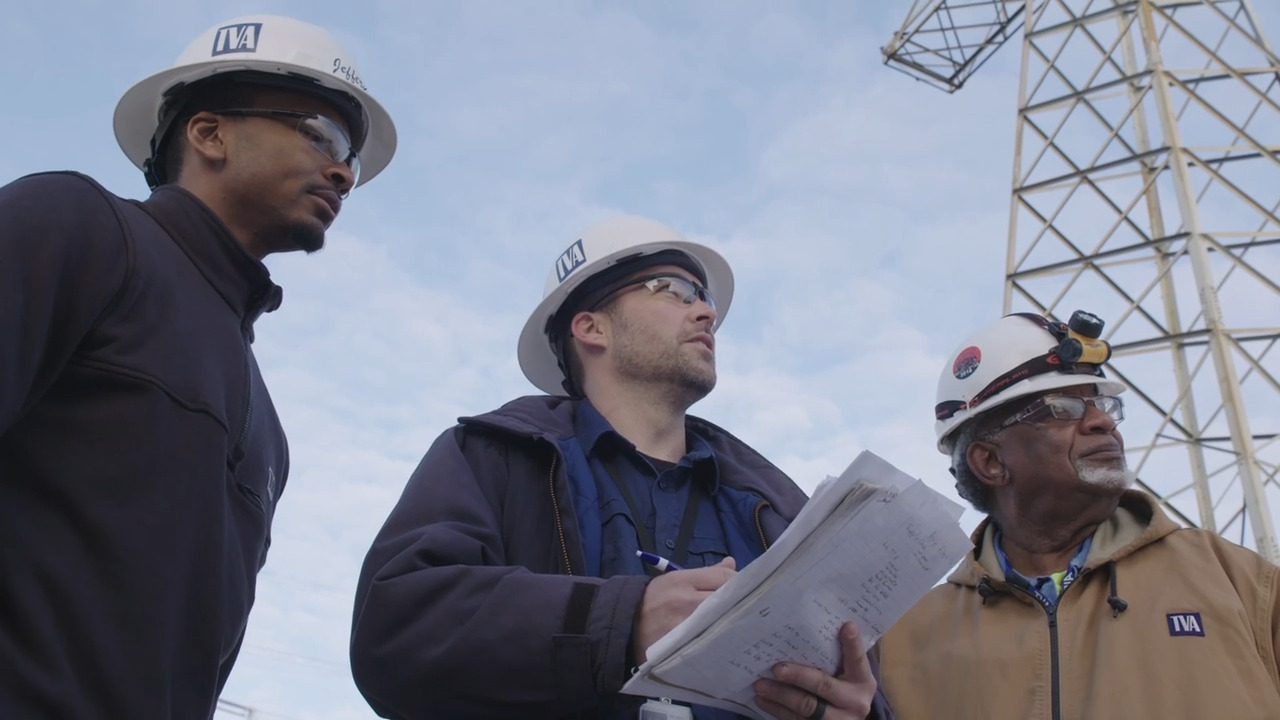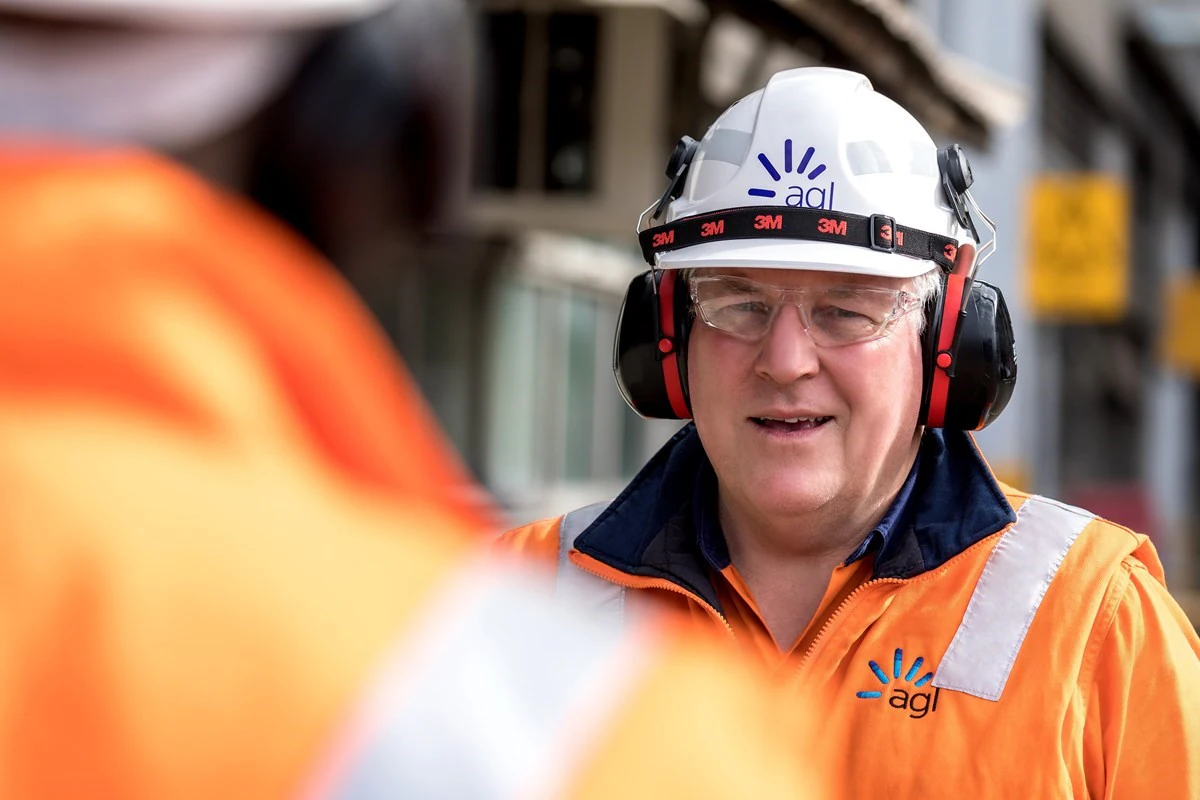Transforming Safety Culture: John Holland's Waterloo Project Success Story
From compliance to commitment: Reinventing construction safety through positive reinforcement
How John Holland used Scratchie to achieve a 24.7% improvement in safety attitudes and create a culture where 96% of workers reported improved wellbeing.


When John Holland wanted to improve the safety culture at their Waterloo Project from good to great, they needed more than traditional toolbox talks and non-conformance reports. They partnered with Scratchie to pioneer a digital reward system that would fundamentally transform how workers experienced safety on site. The programme's success demonstrates how positive reinforcement, aligned with Self-Determination Theory principles, can create sustainable safety culture change in high-risk environments.
The Challenge
John Holland's Waterloo Project wanted to raise the bar on their safety culture. Like any major construction site, the risks were evident and constantly shifting.
Traditional approaches were limited in their efficacy. As one supervisor noted: "You know, we can go through the normal processes of the big stick approach, but that really hasn't worked and it doesn't really work in any kind of business to be quite frank."
The project needed a fresh approach that would engage workers in safety rather than simply enforcing compliance.
The Solution
John Holland implemented Scratchie across three interconnected sites:
- Day shift
- Night shift
- Over station development
The programme enabled supervisors to instantly reward safe behaviours through a gamified QR code-based system. Workers demonstrating safe practices would scan a QR code and potentially win immediate rewards, while also being entered into monthly draws for major prizes.
Award categories were customised to align with Global Mandatory Requirements, allowing targeted recognition of specific safe behaviours. The implementation followed a phased approach, starting with higher award frequency to build awareness before transitioning to a sustainable frequency for long-term engagement.

The Results
The impact of Scratchie at the Waterloo Project was both immediate and sustained:
Measurable Safety Improvements
- Safety attitudes improved from a mean rating of 7.13 to 8.89 (statistically significant with p < 0.001)
- Workers became 82.9% more likely to report near misses
- Project achieved "the best start to the year that we've had" in terms of safety performance
Worker Experience
- 92.1% of workers preferred working on projects using Scratchie
- 95.7% reported improved general wellbeing
- High Net Promoter Score with 59.3% being strong promoters (9 or 10 out of 10)
Cultural Transformation
Workers described their experience with Scratchie as "easy" (30.7%), "fun" (25.7%), and "motivating" (22.1%), creating a fundamental shift in how safety was perceived on site.
As one worker explained: "Before Scratchie, you know, we did follow the safety procedures and that, but now there's... you've got a good chance of no incidents."
Compelling ROI
The business case showed the total Scratchie programme investment would be offset by preventing just three lost-time injuries, without even considering productivity benefits, retention improvements and reduced management time on incident handling. The figures in the image below are Scratchie estimates.

Key Lessons & Takeaways
John Holland's success with Scratchie at the Waterloo Project demonstrates several valuable insights for the construction industry:
- Positive reinforcement works better than punishment: By focusing on recognising good behaviours rather than penalising bad ones, Scratchie created sustainable motivation that traditional approaches couldn't achieve.
- Psychological needs drive engagement: The programme's success aligns with Deci and Ryan's Self-Determination Theory by satisfying workers' needs for autonomy, competence, and relatedness.
- Immediate recognition creates lasting change: The instant nature of rewards created a direct connection between safe behaviour and positive outcomes, reinforcing the desired actions.
- Data-driven safety is smarter safety: The digital platform generated valuable leading indicators that complemented traditional lagging metrics.
- Investment in culture pays dividends: Beyond incident prevention, the improved worker experience translated to better engagement and wellbeing.
As construction sites worldwide continue to grapple with safety challenges, the John Holland Waterloo Project provides a compelling model for how innovative approaches to behaviour can transform outcomes. By implementing Scratchie's positive reinforcement platform, John Holland didn't just improve safety statistics – they fundamentally changed how workers experienced and engaged with safety on site.







.svg)